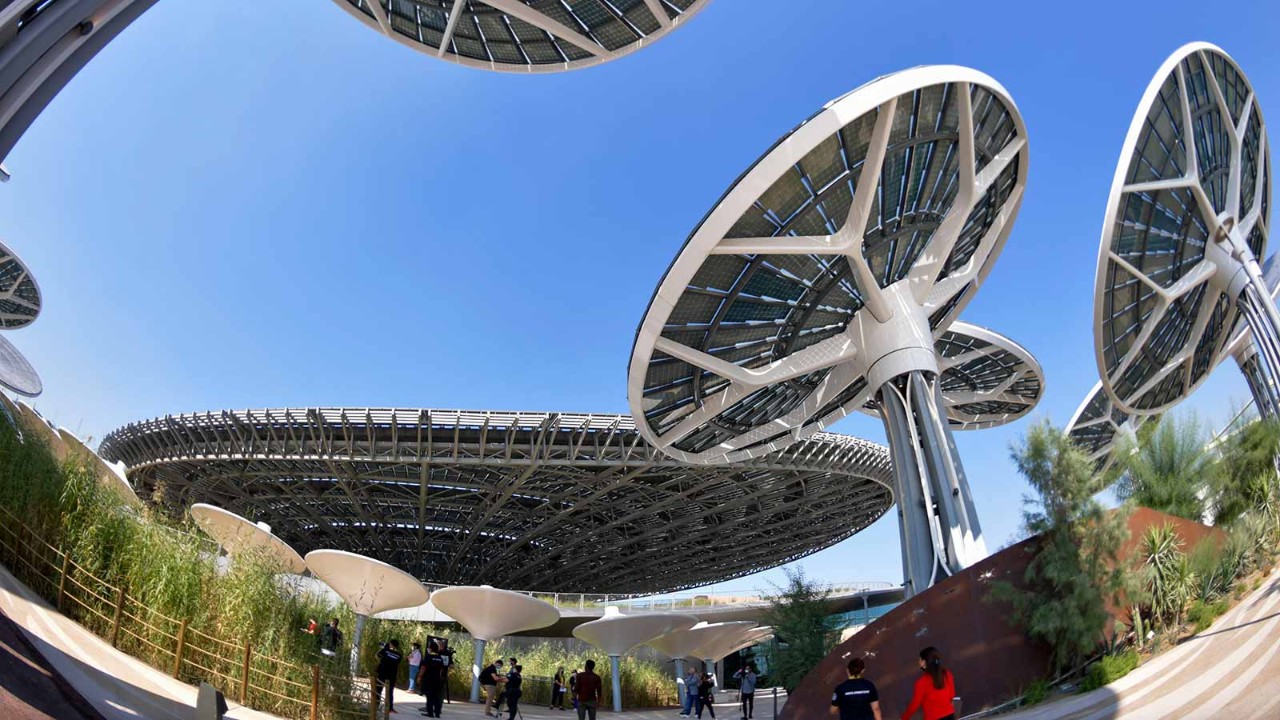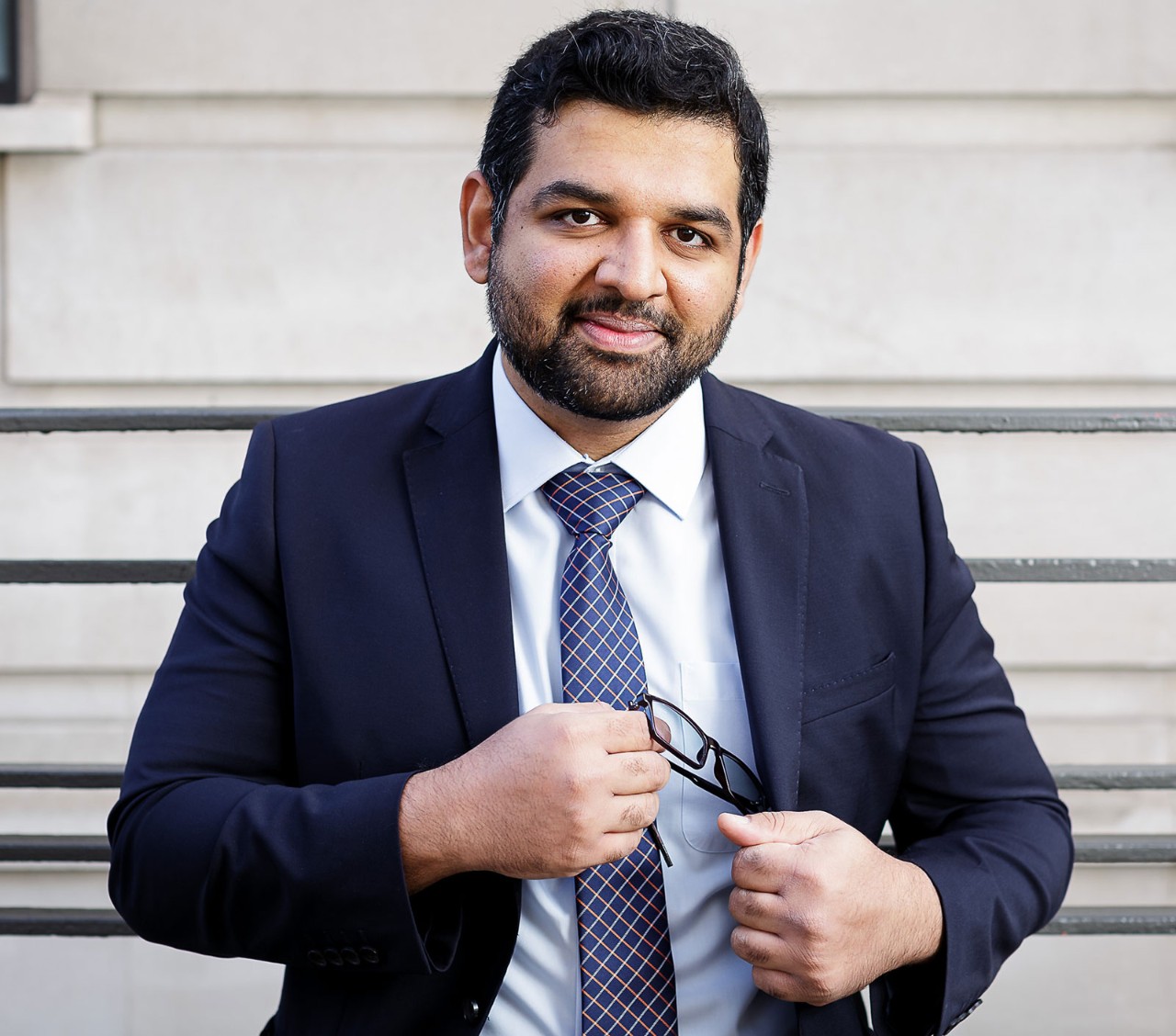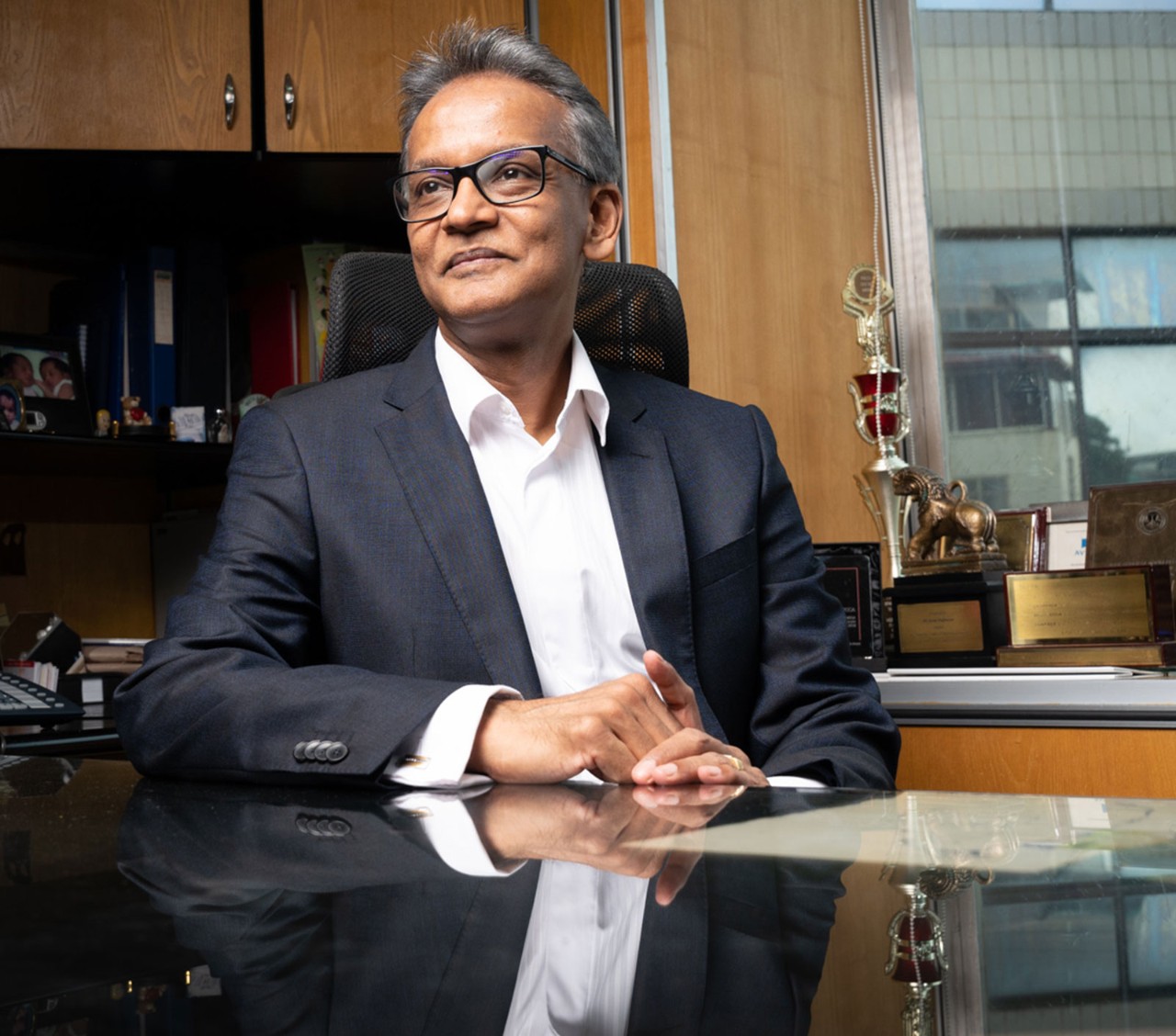
Last month, the UAE became the first Gulf government to commit to become carbon-neutral by 2050; in the days following, Saudi Arabia and Bahrain also made pledges to achieve net zero, albeit by 2060.
The reality, though, is that, in the short to medium term, energy will be derived from a mix of sources, with hydrocarbons continuing to account for a large proportion alongside a growing contribution from nuclear and renewables, up until the carbon-pollutive energies can be completely phased out.
As Saudi Arabia’s minister of investment, Khalid bin Abdulaziz al-Falih, said at the Future Investment Initiative (FII) Institute conference in Riyadh: ‘We’re going to have to deal with carbon for decades to come.’
In an ideal world, countries would stop drilling for oil and gas immediately and switch to renewable energy. This is the direction economies are heading in, but there is still a huge distance to go – especially here in the Gulf, where GDPs are so heavily dependent on carbon-based energy. To meet carbon reduction pledges, private investment and regulation, including the introduction of carbon pricing, are needed.
This leaves GCC countries with a tricky balancing act to maintain. On one hand, they need to show their green credentials by honouring commitments to the 2015 Paris Agreement and the UN’s Sustainable Development Goals (SDGs). On the other, they have to keep their primary source of income intact until viable alternatives are in place, to meet continuing demand and maintain GDP.

At just 0.3% of production, the Middle East ranks second to last globally in using renewables as a primary energy source
Progress on renewables
GCC countries are beginning to take steps to diversify their economies towards less environmentally damaging alternative energy sources. The UAE is a leader here, with 70% of the Middle East’s installed renewable capacity. Saudi Arabia and others are venturing into the market, too, although Kuwait remains a laggard. At just 0.3% of production, the Middle East ranks second to last in using renewables as a primary energy source, with only Central Asia performing worse.
Meanwhile, the impact of decreasing demand for oil is uneven across the region. For some, Oman and Bahrain in particular, oil revenues are already dwindling, while in Saudi Arabia, demand from its large population brings different pressures, even though it is the world’s largest oil producer. Kuwait, too, is still extremely reliant on oil revenues, at 42% of its GDP, while the United Arab Emirates (UAE) and Qatar, with their smaller populations, are more economically diversified.
Last oil producers standing
Amid these conflicting pressures, Gulf oil producers are hedging on oil demand continuing, at least in the medium term. And here, these longer established producers have a big advantage over more recent entrants, particularly the more pollutive shale gas extractors of North America. Gulf oil producers, led by Saudi Arabia, not only have the lowest extraction costs in the world, they have some of the lowest carbon emissions from the production process because reserves, many of which are inland, are more easily accessed.
By improving decarbonisation at source – reducing leaks and gas flaring – the Gulf countries can utilise this advantage, offering – in effect – the greenest fossil fuels while demand lasts. No surprise, then, that there are US$652bn worth of oil, gas and petrochemicals projects planned or under way in the region, according to MEED Projects.
Indeed, the GCC countries may be the last oil producers standing as the world races to decarbonise energy.



